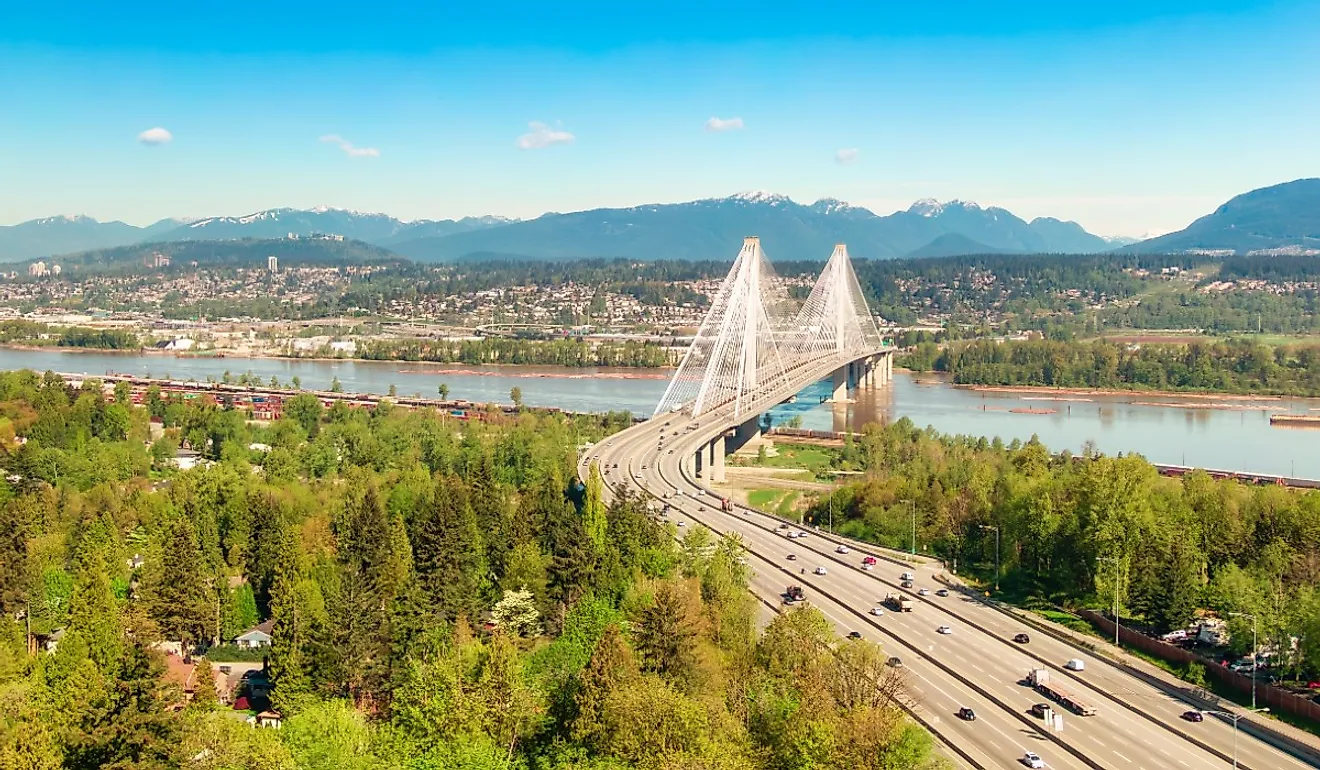
Wolfeboro, New Hampshire
Wolfeboro is a small town located in the US state of New Hampshire. Founded not long before the United States declared independence, the town has been popular with tourists since the mid-19th century. In fact, Wolfeboro claims to be the oldest summer resort town in the entire United States. Famous individuals like former Massachusetts governor and presidential candidate Mitt Romney have made the town their permanent or temporary vacation residence. Today, the town remains popular with tourists, who come to enjoy a variety of indoor and outdoor activities throughout the year.
Geography Of Wolfeboro

Wolfeboro is situated at the head of Wolfeboro Bay in Lake Winnipesaukee, in east-central New Hampshire. Lake Winnipesaukee flanks the main area of the town to the west and Lake Wentworth in the east. Two smaller lakes, Crescent Lake and Back Bay, are located in the central part of town. A brook or small stream named Harvey Brook flows in the northern part of central Wolfeboro. The greater city limits of Wolfeboro include Wentworth State Park, which is situated on the northern shore of Lake Wentworth. Also within the greater city limits are several small lakes and ponds and numerous brooks. Mirror Lake and Lower Beech Pond border Wolfeboro's greater city limits to the west. The towns of Ossipee and Tuftonboro border Wolfeboro to the north and northwest, respectively. To the east of Wolfeboro is the small village of Brookfield. The total area of Wolfeboro is 151.4 sq. km.
Population Of Wolfeboro

The greater city limits of Wolfeboro, which include Wolfeboro, Wolfeboro Falls, and the surrounding area, contain 6,416 residents. However, the town of Wolfeboro itself is home to just 2,845 residents. Nearly the entire population of the town, 99.6%, comprises non-Hispanic whites. The rest are of mixed racial heritage. Around 97% of Wolfeboro's residents speak only English. Most of the rest speak other Indo-European languages. Almost 95% of the town's population was born in the United States, while 28.65% were born in the town itself. The entire foreign-born population hails from Europe.
Economy Of Wolfeboro
The average household income in Wolfeboro is $86,160, the poverty rate is a low 4.37%, and there is no recorded unemployment. In terms of the number of employees, the top industries in the town are construction, healthcare & social services, and educational services.
History Of Wolfeboro

Before the arrival of Europeans in what is now Wolfeboro, the area was home to Native Americans of the Abenaki nation, whose trails circled Lake Winnipesaukee and fanned out to other lakes and river valleys where fish and game were plentiful. By the mid-18th century, however, most of the Native American population disappeared from the area. In 1759, a few men petitioned the Masonian Proprietors, who owned the land in which Wolfeboro is now situated, for land on which to settle. Their petition was granted, and the new town that they were to create was dubbed Wolfeboro in honor of General James Wolfe, who defeated the French at the Battle of the Plains of Abraham in present-day Quebec, which led to the fall of New France and its conquest by the British.
However, the first white settlers did not arrive in Wolfeboro until 1768, when the British colonial governor, James Wentworth, began clearing land in the area to build his estate. His estate was the first summer estate built in northern New England. Wolfeboro's claim to be the oldest summer resort town in the United States is based on the establishment of Wentworth's estate in 1769. In 1770, the town's residents petitioned for its incorporation, which was granted, and by 1775, the town's population numbered 211. Among the first commercial establishments in the town were a sawmill and a grist mill. During the American Revolution, Wentworth, a Loyalist (a term used for those who supported the British during the war) was forced to flee his 3,600-acre Wolfeboro estate. The first census taken after the American Revolutionary War, in 1790, reported a population of 447.
The tourism industry began to take off in Wolfeboro in the mid-19th century when the Lake Winnipesaukee area was an important commercial route for steamboats. The Pavilion Hotel was built in 1850 to accommodate tourists in the area. In 1872, the railroad arrived in Wolfeboro, forever changing the town's economic fortunes. The spur line from Sanbornville provided transportation and freight service directly to the town's docks, linking with steamer service there. More tourists came to spend time in the area, more hotels were built, and people gradually began buying lakeshore and island lots to build summer cottages and camps.
Despite establishing other types of businesses in the area, tourism proved to be the only lucrative industry in Wolfeboro. The town went through a period of hardship from World War I through the Great Depression. In fact, during the 1910s and 20s, the population declined to 2,200. It also did not help that passenger rail service to the town ended in the 1930s. However, Wolfeboro again began to grow in the period between World War II and the 1960s. Tourism was back on the upswing, commercial development expanded, and the town's population increased significantly. Wolfeboro adopted its latest master plan in 2007. Since then, the town has strengthened its reputation as a desirable place to live and vacation, especially for retirees.
Attractions In And Around Wolfeboro

Wolfeboro and its surroundings host a myriad of indoor and outdoor attractions. Indoor attractions include several museums, namely the Wright Museum of World War II, the Libby Museum of Natural History, the New Hampshire Boat Museum, and the Clark Museum Complex. For those seeking an outdoor adventure, the Wolfeboro area provides a natural environment for many outdoor activities throughout the year. For example, during the winter, visitors can enjoy the town's community-owned Abenaki Ski Area, one of the ten oldest ski areas in the country. Visitors can take advantage of Wolfeboro's many parks, beaches, and trails in the warmer months, including the Wentworth State Park.











